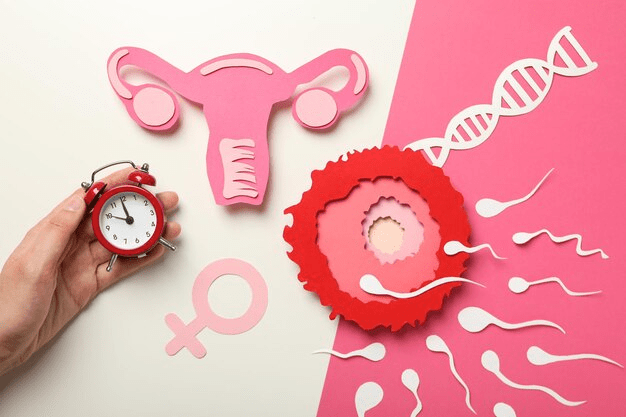
Gene therapy for azoospermia treatment
Introduction Male infertility, especially caused by azoospermia, affects millions of men worldwide. For those suffering from non-obstructive azoospermia, treatment options have been limited. However, thanks

Male infertility is a growing concern, affecting millions of couples worldwide. One of the lesser-known but significant causes of male infertility is obstructive azoospermia (OA). This condition prevents sperm from being present in the semen due to a blockage or obstruction in the reproductive tract. Understanding the causes of obstructive azoospermia is crucial for proper diagnosis and treatment. In this article, we will explore the leading causes, symptoms, diagnosis, and available treatment options.
Azoospermia is a condition where a man’s semen contains no measurable sperm. It is classified into two types:
OA accounts for nearly 40% of all azoospermia cases and is often treatable.
Several factors can obstruct the male reproductive system. Below are the most common causes:
Some men are born with conditions that cause blockages in the reproductive tract. These include:
Certain infections can cause scarring or inflammation, leading to obstruction. Common infections include:
Surgical procedures involving the reproductive system or nearby organs may lead to unintended blockages. These include:
Physical injuries to the pelvic region can damage the reproductive organs, leading to obstructive azoospermia. Sports injuries, accidents, or surgical trauma can block sperm flow.
Chronic inflammation from infections, autoimmune disorders, or allergic reactions can lead to scarring in the reproductive tract, blocking sperm movement.
Many men with OA do not notice any symptoms until they face difficulties in conceiving. However, some possible signs include:
If a couple struggles to conceive, the male partner should undergo fertility testing. The following diagnostic procedures help identify obstructive azoospermia:
Fortunately, OA is treatable in most cases. The best treatment depends on the cause and severity of the obstruction.
If surgical correction is not possible, sperm can be retrieved directly from the testicles:
The retrieved sperm can be used in In Vitro Fertilization (IVF) or Intracytoplasmic Sperm Injection (ICSI) to achieve pregnancy.
If the obstruction is caused by an infection, antibiotics may help clear it up, although scarring may require additional treatment.
While some causes of OA are unavoidable, you can take steps to reduce your risk:
Obstructive azoospermia is a common yet treatable cause of male infertility. Early diagnosis and proper treatment can help men overcome this condition and achieve fatherhood. If you suspect an issue, consult a fertility specialist for the best course of action. With advancements in medical technology, solutions such as microsurgery and assisted reproductive techniques offer hope to many couples struggling with infertility.
By staying informed and seeking professional help, men with obstructive azoospermia can take positive steps toward successful fertility treatment and family planning.

Introduction Male infertility, especially caused by azoospermia, affects millions of men worldwide. For those suffering from non-obstructive azoospermia, treatment options have been limited. However, thanks

Azoospermia is one of the most challenging causes of male infertility, often leaving men with few options and couples struggling to conceive. But today, an
PROLISTEM® is a Patented Formula
Copyright © 2025 Prolistem®